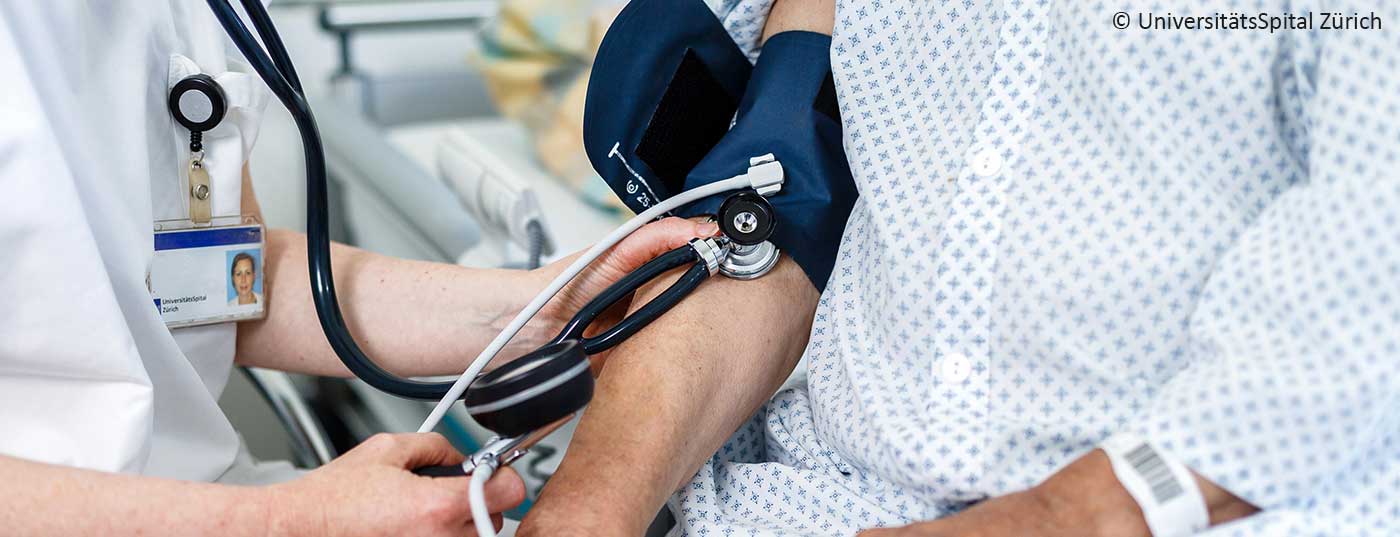High blood pressure remains the main risk factor for cardiovascular morbidity and mortality in Europe and worldwide.
According to the World Health Organization (WHO), the prevalence of arterial hypertension is in the range of 30-45% in Western Europe and even higher in large areas of Eastern Europe. These few figures alone show the outstanding importance of their adequate diagnosis and therapy for the health of our patients. At this year’s European Hypertension Congress, the new joint guidelines of the European Societies ofHypertension and Cardiology on the diagnosis and treatment of arterial hypertension were presented. As always when new guidelines are published, the question for those who should then apply them is whether and how they actually change clinical practice. Or – in other words – is it just “old wine in new bottles”?
In fact, a lot has happened since the last update of the hypertension guidelines in 2009. Important progress has been made in the diagnosis, but especially in the treatment of arterial hypertension, which has a direct influence on clinical practice, such as the increasing importance of 24-h blood pressure measurement and blood pressure self-monitoring, uniform blood pressure target values, the treatment of arterial hypertension in the young and the elderly, or the treatment of therapy-resistant hypertension. The article “Arterial Hypertension 2013 – What’s New?” deals with the most important, clinically relevant innovations.
Certainly one of the most exciting and promising innovations in the treatment of refractory hypertension is catheter-based interventional renal sympathetic denervation. The group led by Felix Mahfoud, MD, and Prof. Michael Böhm, MD, of Saarland University in Bad Homburg, Germany, has pioneered this field and is one of the teams with the most clinical experience in this new area. In the article “Renal Denervation – New Treatment for Therapy-Resistant Arterial Hypertension and More?” you will receive – quasi first-hand – the most important information on the basics, the efficacy and on possible further areas of application of this procedure.
We hope that this issue of CARDIOVASC will assist you in implementing the new findings and guidelines in the care of patients with arterial hypertension and wish you an interesting and exciting read.
PD Thomas Dieterle, MD












